4-H Insect Discovery Activities
These engaging Insect Discovery lessons have been specifically adapted for use by 4-H clubs by Dr. Kathleen Walker and Sarah Elizabeth Britton. For more information on the Insect Discovery Program, visit: extension.arizona.edu/insect-discovery
Making a Monarch Garden Activity
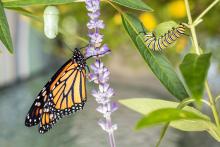
The monarch butterfly (Danaus plexippus) is one of the most recognized and beloved butterflies in North America. These butterflies are famous for their beautiful black and orange coloring, their fondness for eating milkweed (that is poisonous to most insects) and their amazing 3000 mile migration. Sadly, the monarch butterfly is in decline due to habitat reduction and climate change.
There are many learning activities that incorporate butterfly biology, art and conservation. In this activity plan are some Arizona-specific resources for 4-H and teachers, as well as a detailed activity plan for creating a monarch garden with youth.
Insect Diversity activity
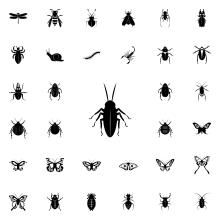
There are over one million species of insects (and more being discovered all the time)! The goal of this activity is for the students to understand what diversity is and how scientists organize and categorize this diversity. The students will practice recognizing some major insect groups and their characteristics.
Cricket Lesson
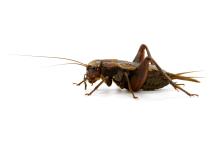
The goal of this lesson is for students to understand the steps of the scientific method and practice scientific reasoning. They will do this by developing a prediction about cricket food preferences, creating and conduct an experiment to test their prediction, and graphing and interpreting their data.
Biodiversity activity
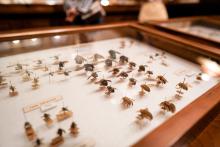
Biodiversity refers to the variety of life that exists on earth. Biodiversity is often an important measure of the health and functioning of an ecosystem. The goal of this activity is to introduce students to this idea and think about why it is important. Students will also explore how scientists actually measure biodiversity.
Adaptation Activity
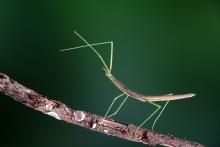
Insects use camouflage as a way to blend into their environment and avoid any predators that may be looking for a meal. This lesson will teach the concept of natural selection to students using the well-known adaptation, camouflage. Furthermore, students will be able to learn about cause/effect and its relationship to scientific concepts.
Decomposers Activity
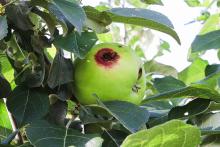
The purpose of this activity is to teach children about the different roles insects (and other organisms) play in the environment. Children may already know that some insects fit into the environment as plant eaters, while other insects are predators, but most children are not aware of the importance of decomposers, which turn dead organic material into soil for plant growth. In this activity, children will get to know a wide range of animals that function as decomposers and watch these creatures doing their business.
Ladybugs and Scientific Drawing Activity
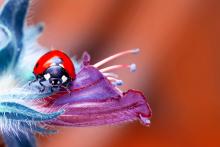
Often students understand they are different from one another but do not recognize individuality in other species. This activity will demonstrate natural variation within a single species, the charismatic ladybug. Students will have an opportunity to practice their technical drawing skills and fine tune their ability to observe details.
Insect Life Cycles: From Eggs to Adults
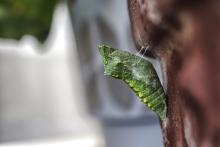
Insects go through complex life cycles with different distinct changes. Some insects go through simple metamorphosis (Egg -> Larva/Nymph -> Adult) while others go through complex metamorphosis (Egg -> Larva/Nymph -> Pupa -> Adult). The goal of this lesson is for students to understand that the same animal has different life stages that can look very different and that this process varies among insects. Many students are familiar with this concept in butterflies but do not know that other insects go through a similar process.
Pollinators: Pollen Power! Activity

Many plants require animal pollinators to transfer pollen from one plant to another for fertilization and reproduction to occur. The goal of this lesson is for students to understand the process of pollination and the importance of pollination for ecosystems as well as humans. In particular this lesson will focus on bees as pollinators. Arizona is a bee diversity hot spot and home to some 1,300 species of native bees. Most students will be familiar with the social honeybees we use in agricultural, although these are actually an introduced species, indigenous to Eurasia.

